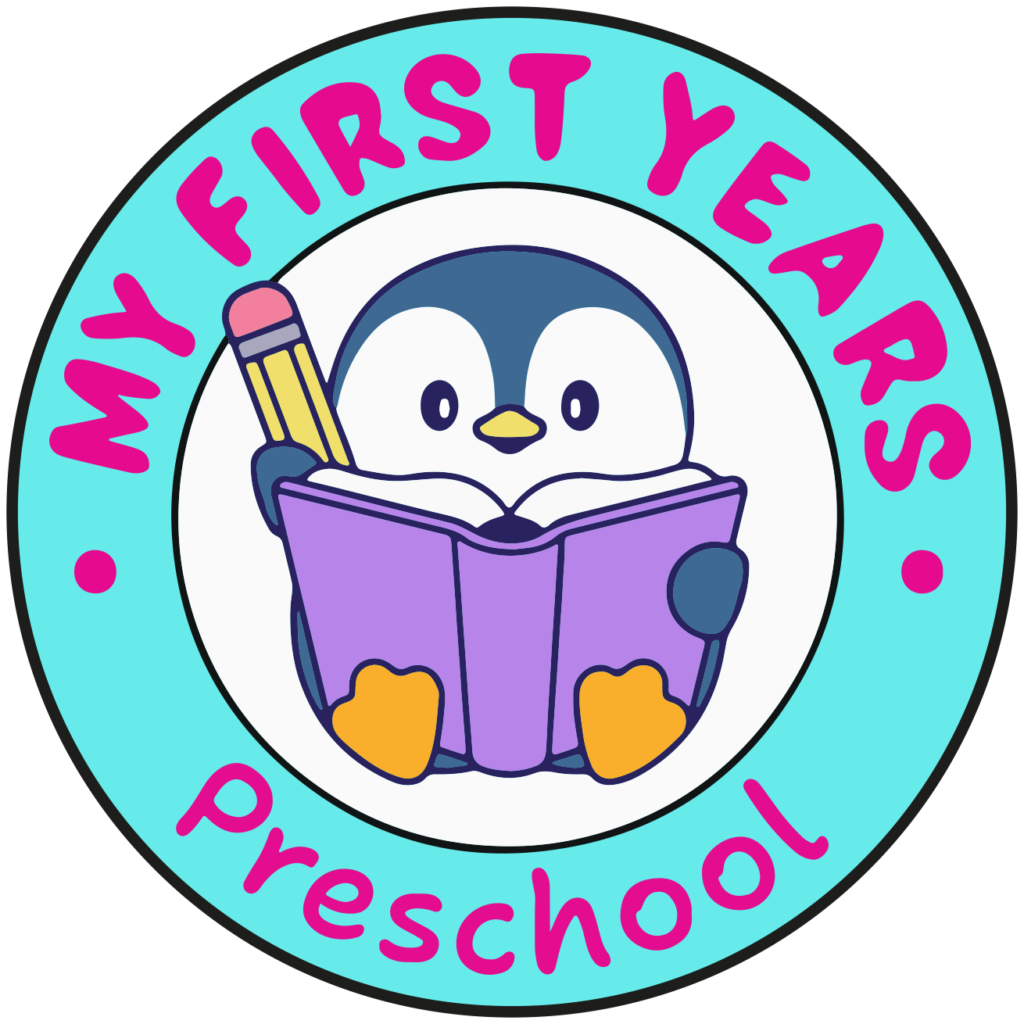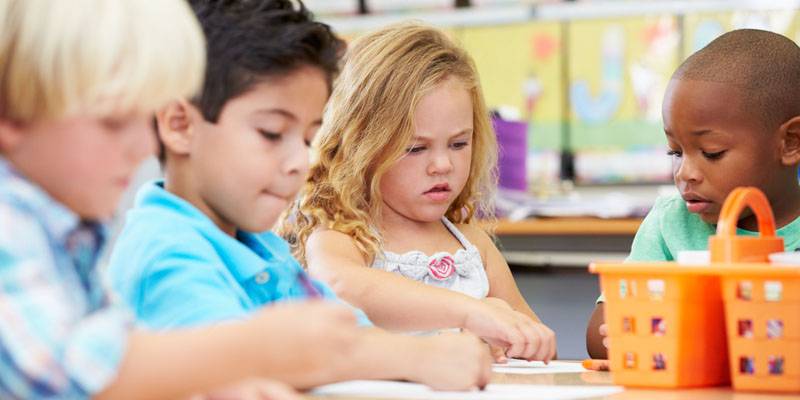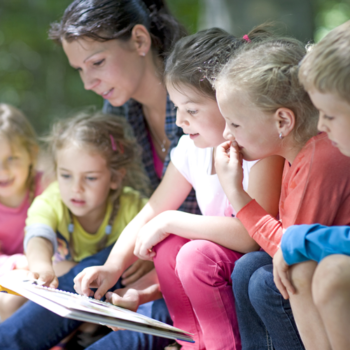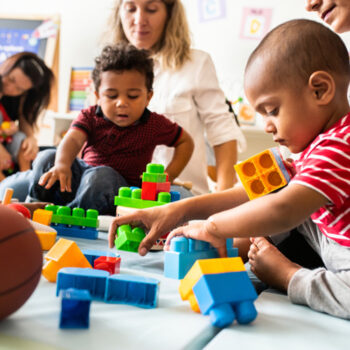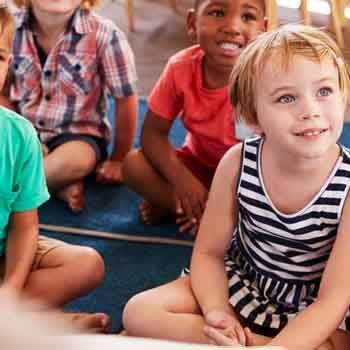Now that we are parents, looking at our children in kindergarten make us wonder if they have our learning style or not. Also, the interaction with other peers and the different ways they interact with their surroundings gives us a clue of what it might be.
We all had distinct personalities since babyhood and developed cognition, eye-hand coordination, and other skills at our own pace.
Some kids can listen carefully to their instructors, but some get easily distracted. The more adventurous are going to be found playing on the playground; while others will observe their peers before trying it themselves. Often you can also spot the kids that don’t want to be in the playground and prefer to look at board books intently while others are hands-on play in the sand, water, and mud.
All these kids give us a clue about their tendencies on how to respond to specific stimulus and how they pick up information from their surroundings.
An increasing number of researchers say that children have distinct “learning styles,” or a way to interpret their surroundings to gain new information. Everyone learns in a variety of ways, but we all do it best when using particular senses to explore the world.
There are four primary learning styles
- Auditory (based on hearing)
- Kinesthetic (based on movement)
- Tactual (based on touching and feeling)
- Visual (based on seeing)
Even though young kids tend to be kinesthetic and tactual as they seemed to be obsessed with touching everything in sight, they are developing their main learning style. That’s why experts in the educational field advise that even if you see a frequent pattern, it’s best to stimulate all the senses, by exposing them to a variety of experiences.
The Right Preschool for Your Child
When a toddler displays a particular learning style, the instructor should recognize it and respond to their preferred style making him/her explore new concepts and materials so they can develop a sense of mastery. There’s always a way to teach almost any particular skill to any child, but recognizing and supporting each type of learner is a must.
How to assess their learning style
Auditory learners
These kids gain new information when they quickly remember the words to stories and songs. Also, they follow directions easily by repeating overheard phrases and comments.
What the teacher can do to enhance their knowledge, the more you talk, the more information they will gather. Also, tell more stories about real and imaginary events. Sing songs and rhymes that are great to teach colors, letters, and list daily routines.
Kinesthetic learners
Pretending to be characters from a favorite book, mimicking the story’s actions as well as bringing toys to life, is usually part of their behavior. They like to get physically involved in learning, using their bodies to investigate new places and concepts. Acting out stories will help them understand and remember their favorite books and stories as well as role-play scenarios to learn new concepts or remember essential safety lessons.
Tactual learners
The need to feel and touch things is essential to understand and remember a lesson. They are drawn to objects with interesting textures, shapes, and forms. However, abstract ideas are difficult to grasp unless they touch something that is related to the concept. For example, touching an ice cube to understand how cold “really cold” is.
Teachers should introduce new materials, innovative tasks and let the kids try them. The materials should have interesting textures sturdy enough to stand up kids intensive handling. Also, let them play with puzzles, table games, cubes, and any exciting toys. When learning letters, let them trace their finger in sand or flour or make them out of clay or plasticine.
Visual Learners
They are mesmerized by illustrations, photos, television shows, and video games. Also, by seeing others doing and quickly recognizing the shapes, colors, and letters. The teacher should demonstrate how to do new tasks and use new materials they haven’t tried before. Besides, let the kid create murals, collages, and charts with photos to show daily routines or chores.
My First Years Pre School
By understanding your child’s preferred learning style, we can help them achieve their goal of learning life skills successfully. We would also encourage them to do things thing in different ways to enhance their ability for expanding their knowledge and adjust to different settings. All children need to have different life experiences that call every learning style into play so that they can succeed further on in school and beyond. When your kids learn in their natural way suited for them, they’re more likely to develop self-confidence and be able to master every learning style. At My First Years Preschool, we have all the accommodations, well-trained staff, and certified professionals to help your kid achieve the proper education and developmental milestones accordingly to their age and uniqueness. Call for more information at 954-252-7840
